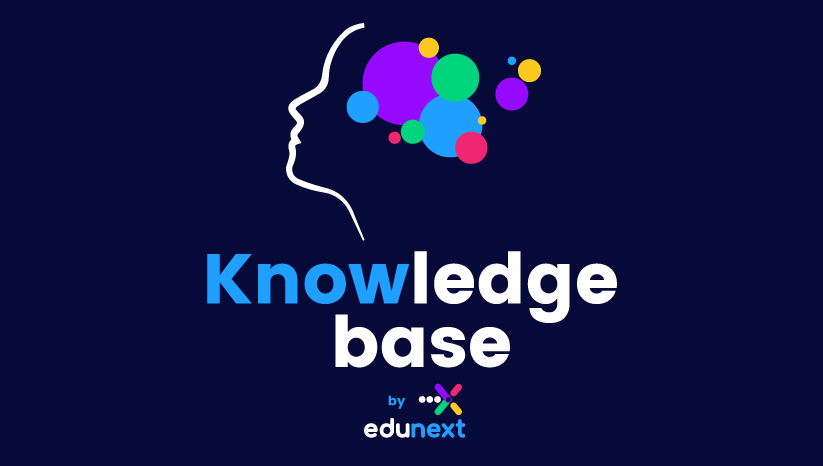Principles of instructional design
Contents
Principles of instructional design#
Instructional design refers to designing, developing, and delivering learning experiences. It involves a systematic method for analyzing, designing, developing, implementing, and evaluating instruction. The purpose is to make learning more efficient, effective, and engaging. It also determines the learner’s current state and needs, defines the instruction’s end goal, and creates an experiential, engaging, and instructional intervention to assist in this transition. But it’s not teaching; it’s the process before that when planning how to teach something to a specific someone and which elements you will use to have the better possible results.
Often, instructional design involves subject matter experts, educators, and multimedia specialists to create engaging and impactful learning experiences. The principles of instructional design are applicable in various settings, including schools, universities, corporate training, healthcare, and other professional development contexts. By employing instructional design methodologies, educators and trainers can optimize the learning process and enhance learners’ understanding and retention of information.
There are some instructional design models like the ADDIE that help any educator to create this teaching framework.
The ADDIE Model#
The ADDIE model is a common approach used in instructional design. It offers a five-phase method that helps design and develop effective learning materials. It’s named after the five phases that compose it: Analysis, Design, Development, Implementation, and Evaluation.
Using this systematic approach, instructional designers can create practical learning experiences that meet learners’ needs and achieve instructional goals. The nature of this model encourages continual reflection and revision to ensure the quality and effectiveness of the instruction.
Analysis:#
During the analysis phase, the instructional designer identifies the learning needs and the overall goals of the instruction. They also identify the learning environment and any constraints, instructional objectives, delivery options, and timeline for the project. For example, you may ask:
What am I going to teach?
Who am I going to teach? Who is the learner?
What is the objective of this course?
What are the needs of my students?
How much time do I have to design this course?
Design:#
This phase focuses on deciding the learning outcomes, what to teach, and how to deliver it to the learners. You also determine what will be the instructional strategy to meet those outcomes. Some questions that can serve as a guide are:
How is the course organized?
What type of content is most useful for each part of the course?
What type of content is likely best received by my student?
What is the pedagogical objective of each content I add to the course?
How and from where will the student access the course?
Development:#
The development phase involves creating and testing learning materials. This phase can include drafting storyboards, creating graphics, recording audio, creating text, and other tasks necessary to convert the training design into actual content. You must research tools you can use to develop content. You may also learn about the space in which the course will be developed.
Implementation:#
This phase is when the learners have access to the course or program that has been developed. This phase could be in various settings, from classroom facilitation to e-learning modules on a Learning Management System, like Open edX.
Evaluation:#
The final stage, evaluation, involves both formative and summative assessment. Formative evaluation is ongoing, occurring during instruction, while summative evaluation occurs at the end of the instruction. The purpose is to measure the efficacy of the training and determine if learning goals have been achieved or plan improvements for the next iteration.
